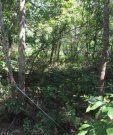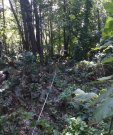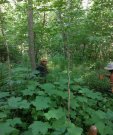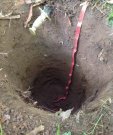Seasonally Dry Floodplains
Scenario model
Current ecosystem state
Select a state
Management practices/drivers
Select a transition or restoration pathway
-
Transition T1A
Stand replacing disturbance that includes fire
More details -
Transition T1B
Removal of forest cover and tilling for agricultural crop production
More details -
Restoration pathway R2A
Deciduous forest community is slowly invaded by conifers and sugar maple.
More details -
Transition T2A
Removal of forest cover and tilling for agricultural crop production
More details -
Restoration pathway R3A
Cessation of agricultural practices leads to natural reforestation, or site is replanted.
More details -
No transition or restoration pathway between the selected states has been described
Target ecosystem state
Select a state
Description
Reference State is a Mesic to Wet-mesic mixed deciduous forest. Tree species composition and age structure vary in space and time. Principal deciduous species are red maple (Acer rubrum) and sugar maple (A.Saccharum). Less common associates are basswood (Tilia americana), white ash (Fraxinus americana), or black ash (F. nigra). In some stands scattered old specimens of trembling aspen (Populus tremuloides), or white birch (Betula papyriphera) are present. There often is an admixture of conifers, most commonly balsam fir (Abies balsamea) and White spruce (Picea glauca), especially in the seedling and sapling layers. White pine (P. strobus) has also been a component historically, and old white pine tree stumps, as well as sporadic old trees can be found in today’s communities. In the absence of catastrophic disturbances this mixture of species is maintained by regeneration in canopy gaps, resulting from natural mortality and small-scale blow-downs.
For additional description, including shrub and herb layers see “Ecological Site Concept” above.
Submodel
Description
Aspen and paper birch have a very narrow window of environmental and ecological conditions for successful establishment. Main requirements are exposed mineral soil and elimination, most effectively by fire, of on site seed sources of potential competing vegetation. In addition, continual adequate soil moisture must be available for initial seedling development. Once seedlings are firmly established height growth of both species is relatively rapid and able to outgrow most of competing species. Paper birch seedlings and saplings tolerate partial shade and often become members of mixed species communities. This is not true for aspen, which requires continuous full-sun exposure for survival. Aspen stands are initially very dense due to sprouting from extensive lateral roots, but rapid natural thinning ensues as stems compete for available light.
Submodel
Transition T1A
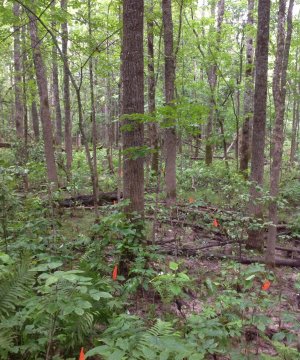
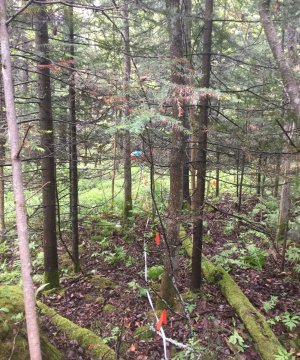
Mechanism
Stand replacing disturbance that may include blow-down or ice storm, but must include fire to eliminate slash and competing vegetation and expose mineral soil to allow aspen and/or white birch to colonize the site by seed. Alternatively, if the disrupted reference state community included aspen trees, the species may become re-established by vegetative means, which typically is more successful and more common than colonization by seed.
Mechanism
Removal of forest cover and introduction of tilling for agricultural crop production.
Restoration pathway R2A


Mechanism
Aspen – Birch dominated forest community is slowly invaded by more shade tolerant species, initially by red maple and, depending on seed source availability, by sugar maple, basswood, white ash, or white pine.
Mechanism
Removal of forest cover and introduction of tilling for agricultural crop production.
Model keys
Briefcase
Add ecological sites and Major Land Resource Areas to your briefcase by clicking on the briefcase (![]() ) icon wherever it occurs. Drag and drop items to reorder. Cookies are used to store briefcase items between browsing sessions. Because of this, the number of items that can be added to your briefcase is limited, and briefcase items added on one device and browser cannot be accessed from another device or browser. Users who do not wish to place cookies on their devices should not use the briefcase tool. Briefcase cookies serve no other purpose than described here and are deleted whenever browsing history is cleared.
) icon wherever it occurs. Drag and drop items to reorder. Cookies are used to store briefcase items between browsing sessions. Because of this, the number of items that can be added to your briefcase is limited, and briefcase items added on one device and browser cannot be accessed from another device or browser. Users who do not wish to place cookies on their devices should not use the briefcase tool. Briefcase cookies serve no other purpose than described here and are deleted whenever browsing history is cleared.
Ecological sites
Major Land Resource Areas
The Ecosystem Dynamics Interpretive Tool is an information system framework developed by the USDA-ARS Jornada Experimental Range, USDA Natural Resources Conservation Service, and New Mexico State University.



